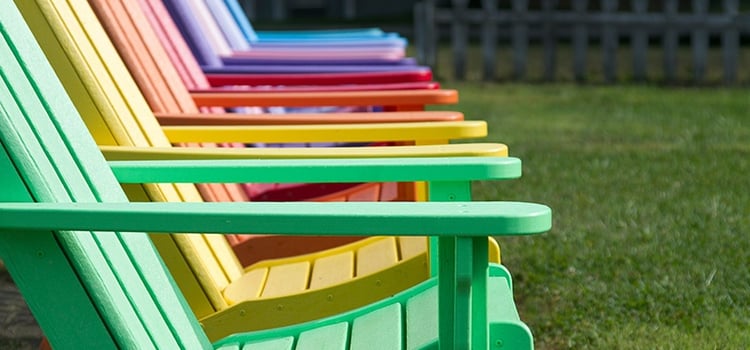
Contemporary landscape design is a whirlwind of color. Its hues can be integrated into the landscape design and punctuated by a smattering of tasteful yard art, furniture selections, and most notably, in the plants chosen. The colors dotting a landscape can represent the principles of harmony, balance, movement, unity, and proportion. They can also set the stage for crafting your ideal landscape. Short of majoring in landscape design or color theory, how can you take the foundations of art and apply them to your yard? Here's a look at several ways to do just that.
Analogous Versus Complementary
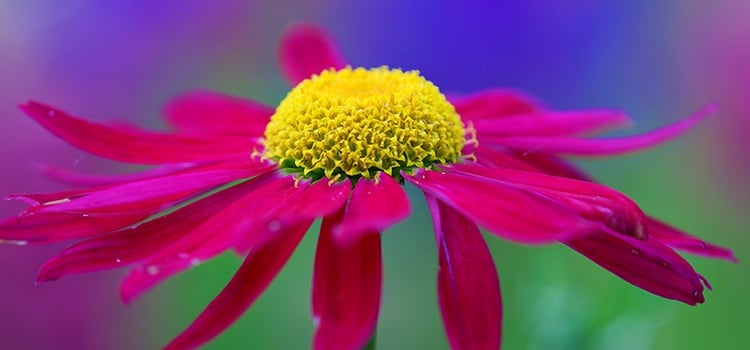
Colors that sit next to one another on the color wheel are analogous. They blend into one another seamlessly to create a sense of peace and fluidity or harmony. In a landscape, analogous colors can be soothing, thereby a sublime choice next to a meditation pond, reflection area, or quiet space. Impressionist artist Claude Monet utilized these colors for many of his landscape pictures, with an entire canvas swathed in blues and purples for lily pond paintings or pink and red for the horizon.
Complementary colors, on the other hand, are opposite from one another on the color wheel. Planting with these contrasting colors leaves a vibrant, dynamic impression. The human eye picks up a visual vibration when these colors are paired together, and when next to each other in a landscape, space becomes festive and stimulating. Artists Paul Gaugan and Vincent Van Gogh were masters of this color combination.
Color Intensity
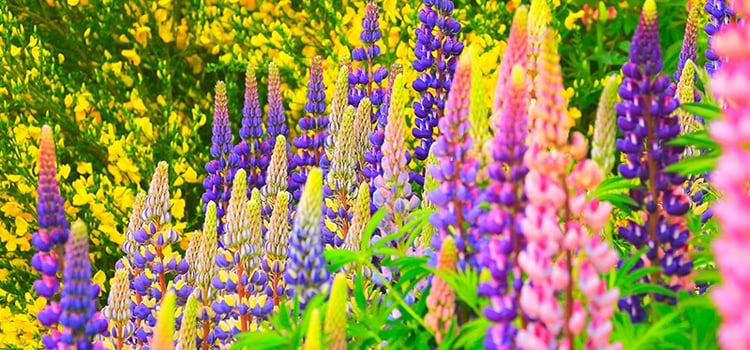
Intensity describes a color's brightness. When landscaping, this becomes an important consideration since a color's intensity impacts how the colors are perceived. Pair two or more bright colors next to one another and the plant's vibrancy is amplified. Alternately, place similar tints and shades next to one another in the garden and the effect is moderated and less intense. When plants are placed next to decor or against a building or structure, the impact of that object's color should also be considered.
Perception of Colors
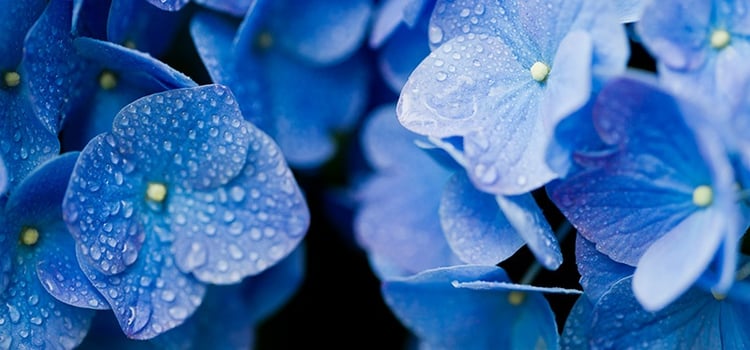
Colors are often described as warm or cool. Cool colors, such as green and blue, evoke images of water, trees, and the sky. When used in landscaping, they suggest relaxation and calm. Warm colors, including yellow, red, and orange, can generate excitement and energy.
To create the perception of depth in your landscape, plant cooler colors behind warm ones. In the furthest back area, place the darkest hues and gradually increase the vibrancy as you move forward. Warm colors have a tendency to suggest intimacy so that a large space can be toned down with splashes of red and orange. These same colors also appear to be closer than they are, thereby providing a scaled-down vision for your landscape. If you want to draw visitor's attention to a focal point, plant some warm colors in the area.
Seasonal Landscaping
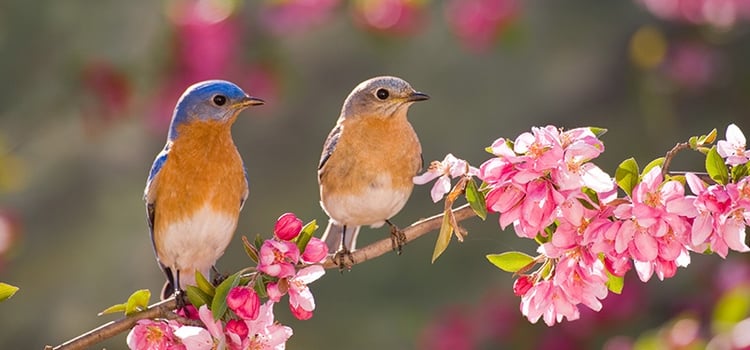
The time of year and the weather outside -- can play a significant role in a landscape. Quite a few plants and shrubs have a seasonal color variation that can generate an entirely different canvas depending on the season. With intentionality, a person can harmonize the landscape so that, for instance, there is a monochromatic color scheme to usher in spring, cool hues of green and blue in the summer, warm and vibrant colors in the autumn, and calm shades during the winter. Of course, the seasonal variation can serve as a detriment if conflicting colors blossom next to one another or beautiful foliage that blooms in the spring is planted next to something that blooms in the autumn.
Wherever your landscaping dreams take you, always remember the importance of a well-planned landscape. The experts at Green Earth Landscaping can help you select the perfect colors for your yard today. Call our Panama City Beach office at (850) 236-1959, or call our Santa Rosa Beach office at (850) 267-0010 to arrange an appointment. You can also complete an online form from our website to schedule a free consultation.
.png?width=7889&height=5988&name=GE%20LOGO%20clear%20(1).png)
